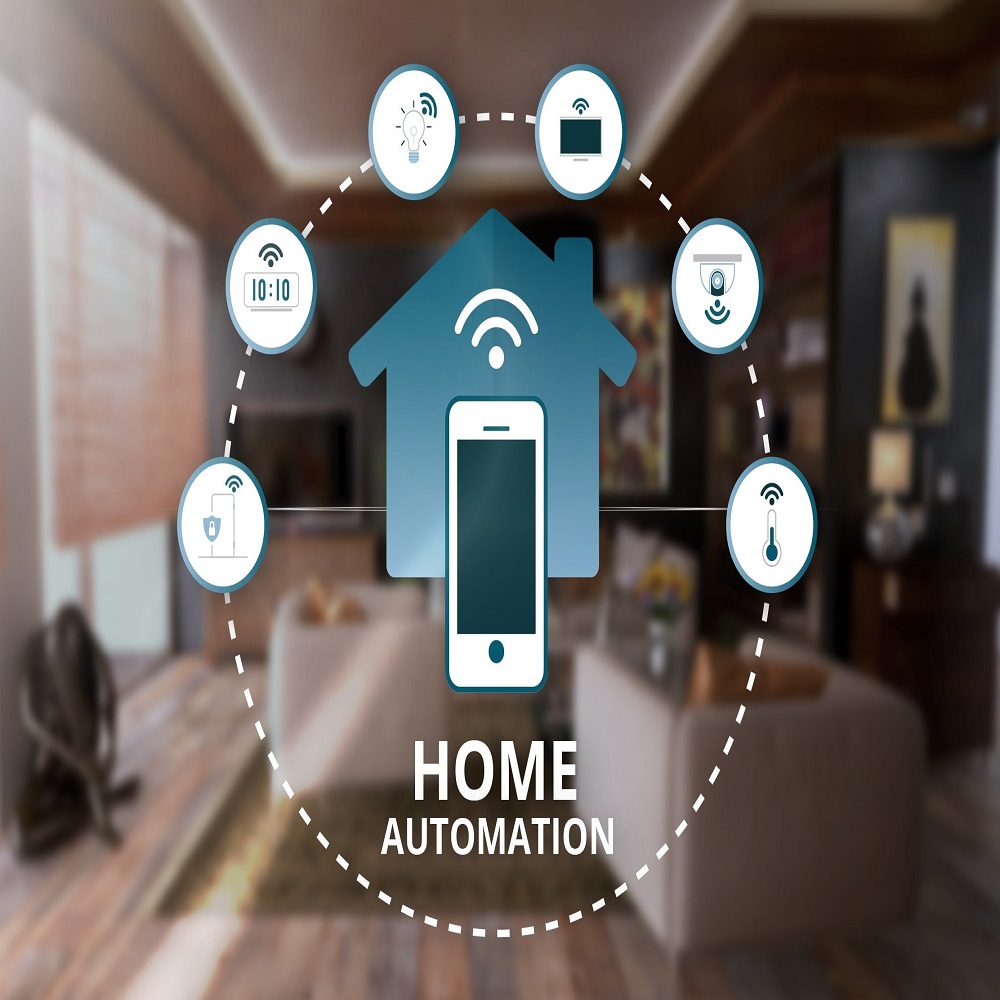According to the International Electrotechnical Commission, ELV (Extra Low Voltage) is defined as any system operating in a voltage not exceeding 35V AC (or 60V ripple free DC). Although the term is technically correct from “electrical” point of view, it by no means describes the broad range of systems and technologies which are known as ELV systems in buildings.
ELV is the terminology used in the construction world in an attempt to electrically define all the systems in a building which need electricity to run but are not part of the building’s main electrical system. ELV covers all the new modern technologies that are increasingly becoming must-have systems in every building such as data network, CCTV, fire alarm systems, public address systems, audio/video solutions, access control and intrusion detection systems, home automation, and much more!
The fact that such a broad range of technologies are collectively named “ELV” shows probably how much we are lagging behind the new demands of 21st century. Below I will very briefly explain some of the confusing abbreviations that constantly pop up when discussing ELV systems.
Closed Circuit Tv(CCTV)
CCTV stands for Closed Circuit TV (again a very old acronym which shows the old “electrical” roots of such systems). Simply put, these are the camera systems setup inside and outside of buildings to provide monitoring surveillance. Old analog cameras used a separate cabling of coaxial cables connecting each camera directly to the DVR (Digital Video Recorder).
These are also today almost totally replaced with IP Cameras utilizing the common LAN infrastructure of the building.
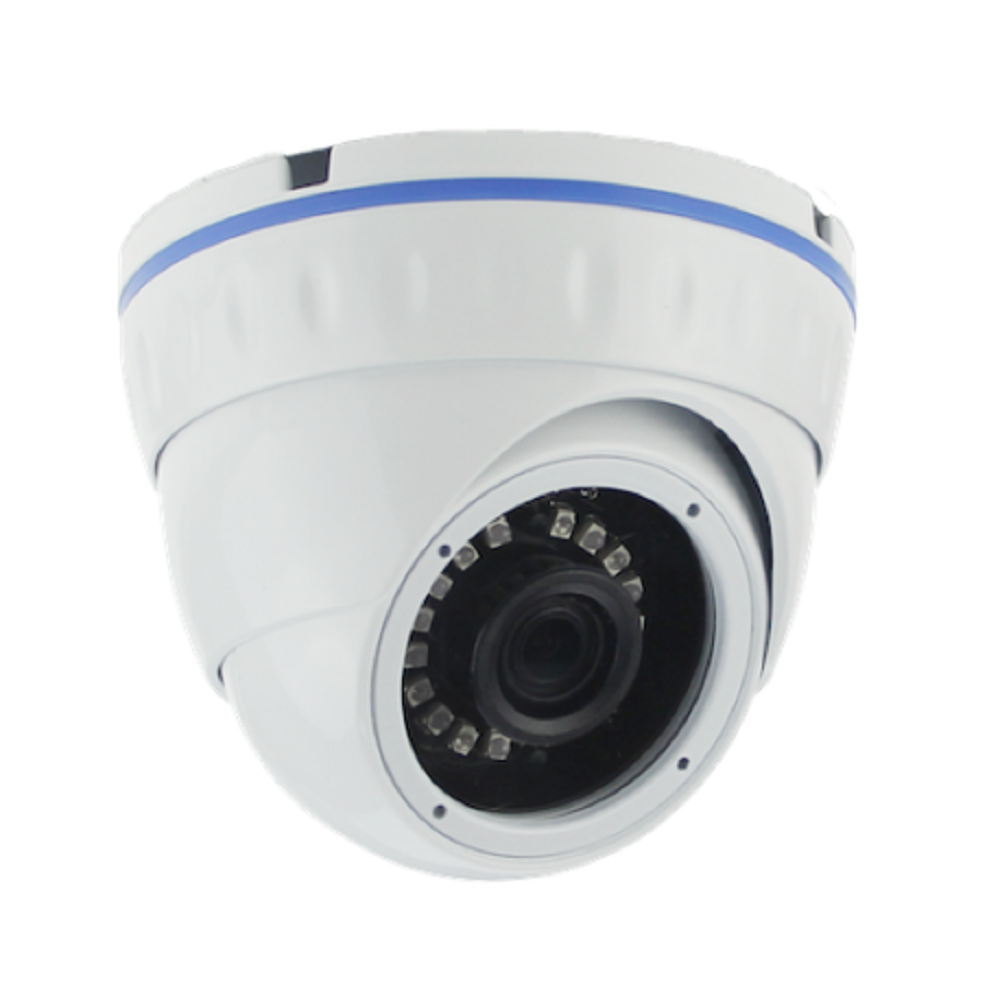
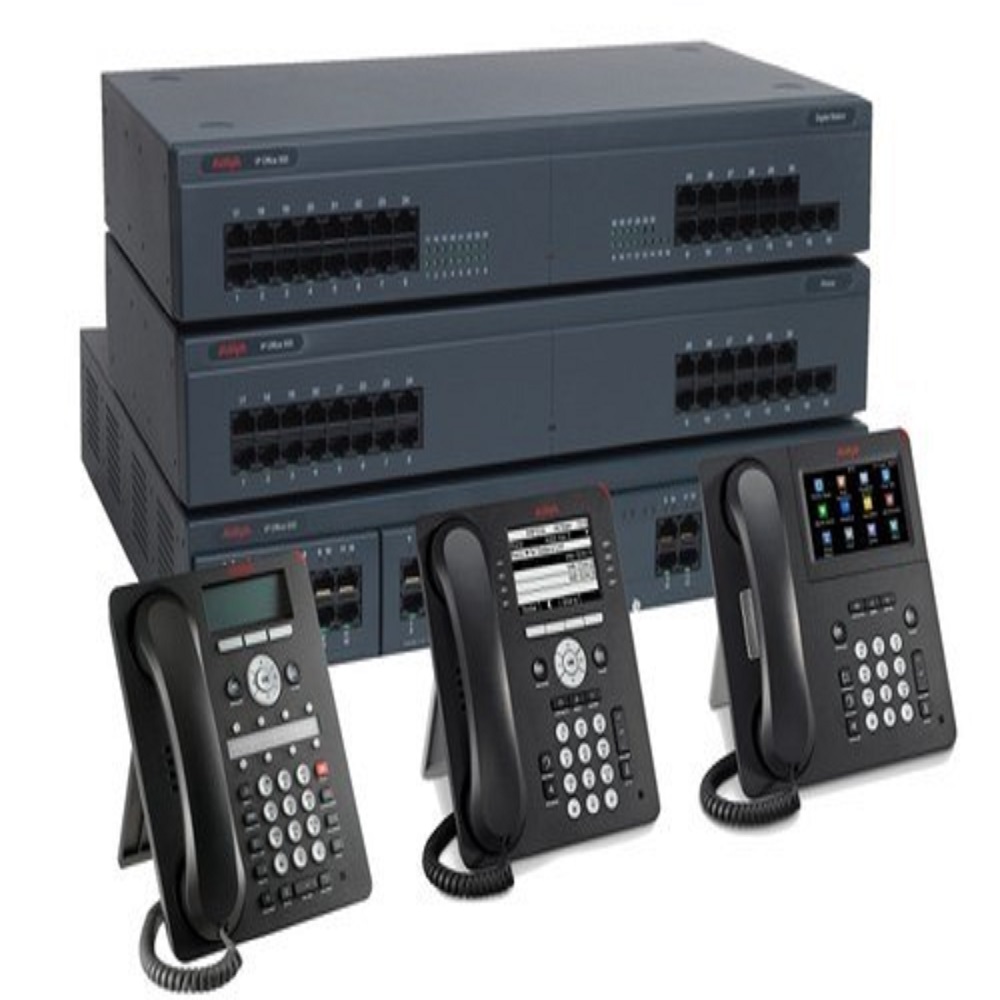
Telephony Systems
An IP PBX is a private branch exchange (telephone switching system within an enterprise) that switches calls between VoIP (voice over Internet Protocol or IP) users on local lines while allowing all users to share a certain number of external phone lines.
Access Control Systems(ACS)
ACS is the abbreviation for Access Control System. ACS systems give access to different building locations (usually implemented by automatic unlocking of doors) through different means of authentication of people (by magnetic or RFID identification cards, by finger print, IRIS or face recognition).
Almost all new ACS solutions also rely on LAN infrastructure to some extent, while they also include electrical cabling to magnetic door locks, manual push buttons, and magnetic sensors installed on the doors and entry gates.
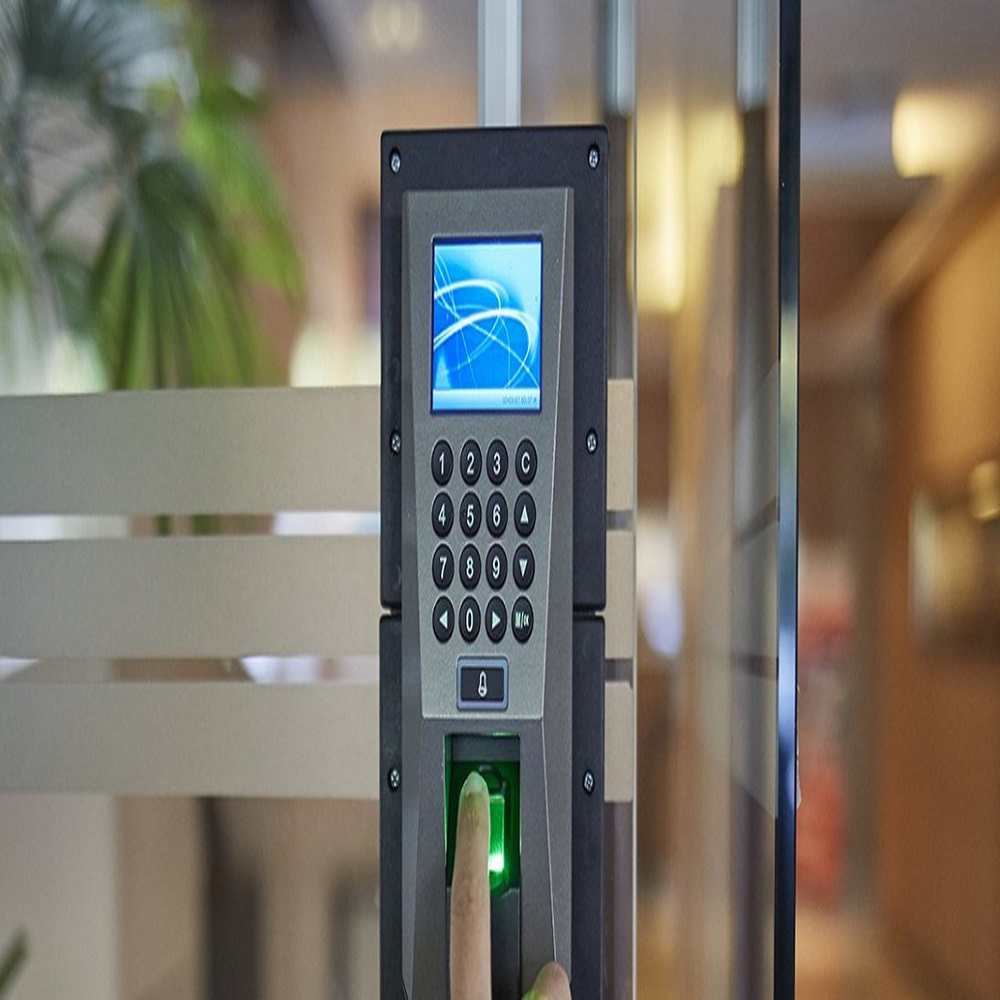
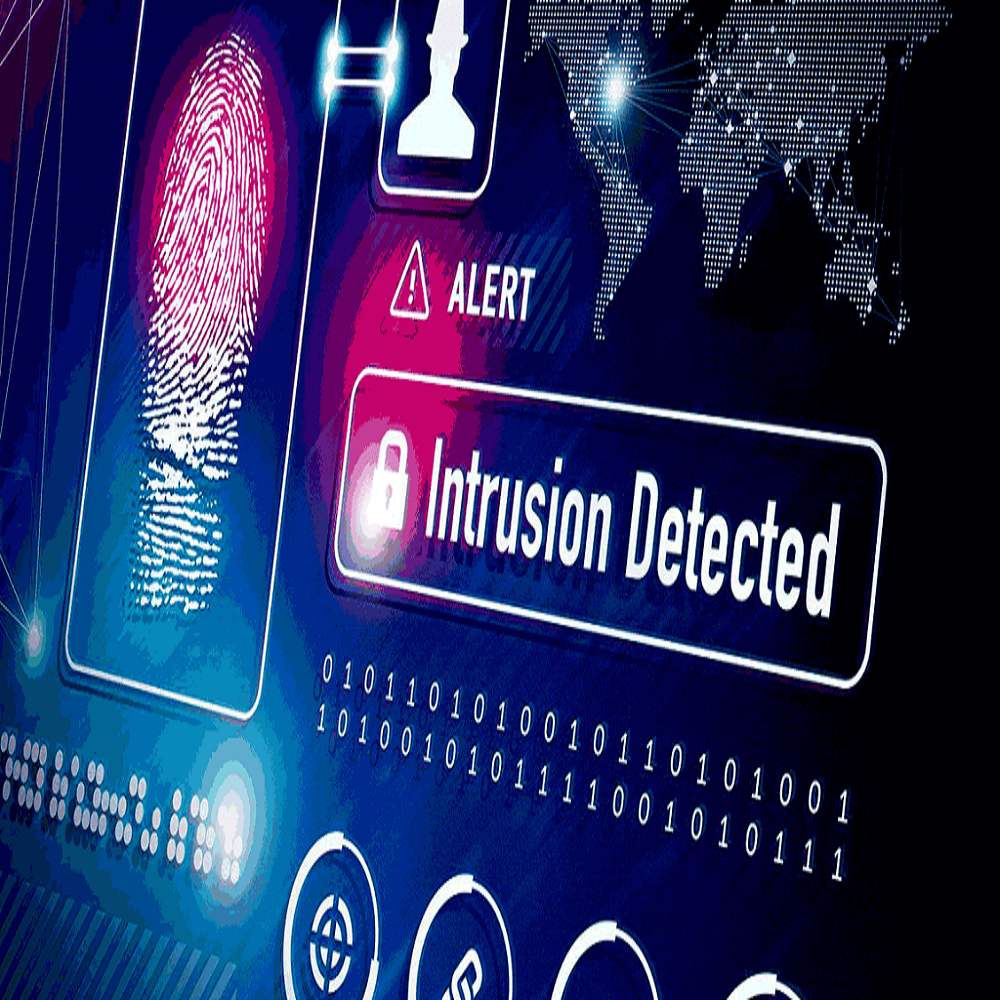
Instrusion Detection System(IDS)
IDS (Intrusion Detection System) is the common name for a broad range of technologies which as the name suggests, alerts on any attempt for intrusion to a building or premises. They include long and short range radar systems, fiber optic cable systems connected to fences, IR motion detectors, CCTV video analyzing software, and many other technologies.
Fire Alarm
Fire Alarm Systems (also abbreviated to FA or FAS), can be divided into two main types – conventional and addressable. Most FA systems still use 2-wire electrical cables for interconnecting of the sensors (smoke, heat, combined) and beacons/alerts to the control panels. Newer fire alarm solutions also provide LAN connectivity for integration with other systems.
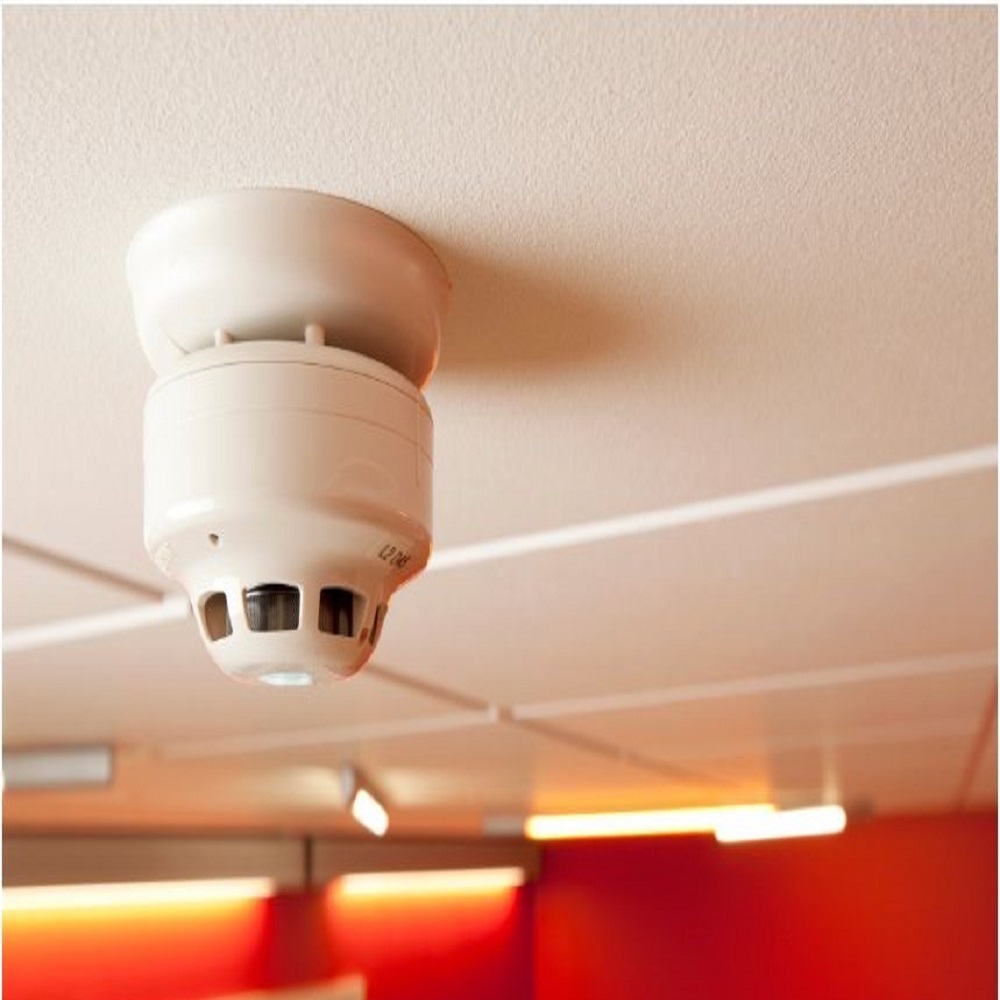

Public Address System(PAS/PAGA)
PAS (Public Address System) or PAGA (Public Address and General Alarm) is the speaker system installed in buildings for making announcements, playing background music and broadcasting pre-recorded alarm notifications, sometimes automatically triggered by fire alarm systems. PAS is probably one of the few ELV systems that is still not much IP based and use twisted-pair electrical cables for connecting the distributed speakers to the power amplifiers. However most of newer PAS systems have accessories to enable utilizing LAN infrastructure for interconnecting the main components and provide a distributed design.
Home Automation
Home Automation Systems include a very broad range of technologies for monitoring and controlling almost everything in the building from lights to doors to home appliances and audio equipment and in short whatever works with electricity in the building. Most home automation solutions are now network based and give the option of remotely controlling and monitoring the building over the internet. While in the past, most home automations were using some remote control device, with advance of technology the means of control is now moved to smartphone and tablet applications or voice recognition solutions.
